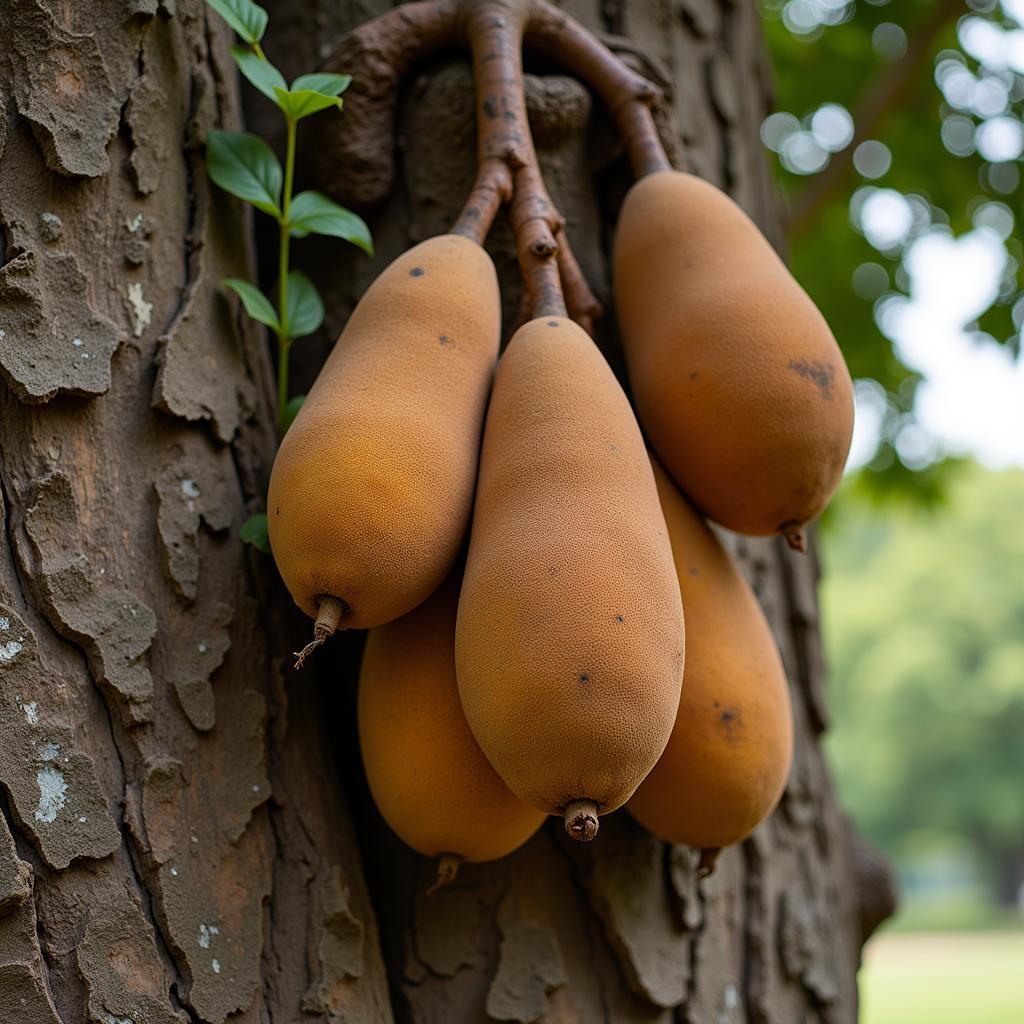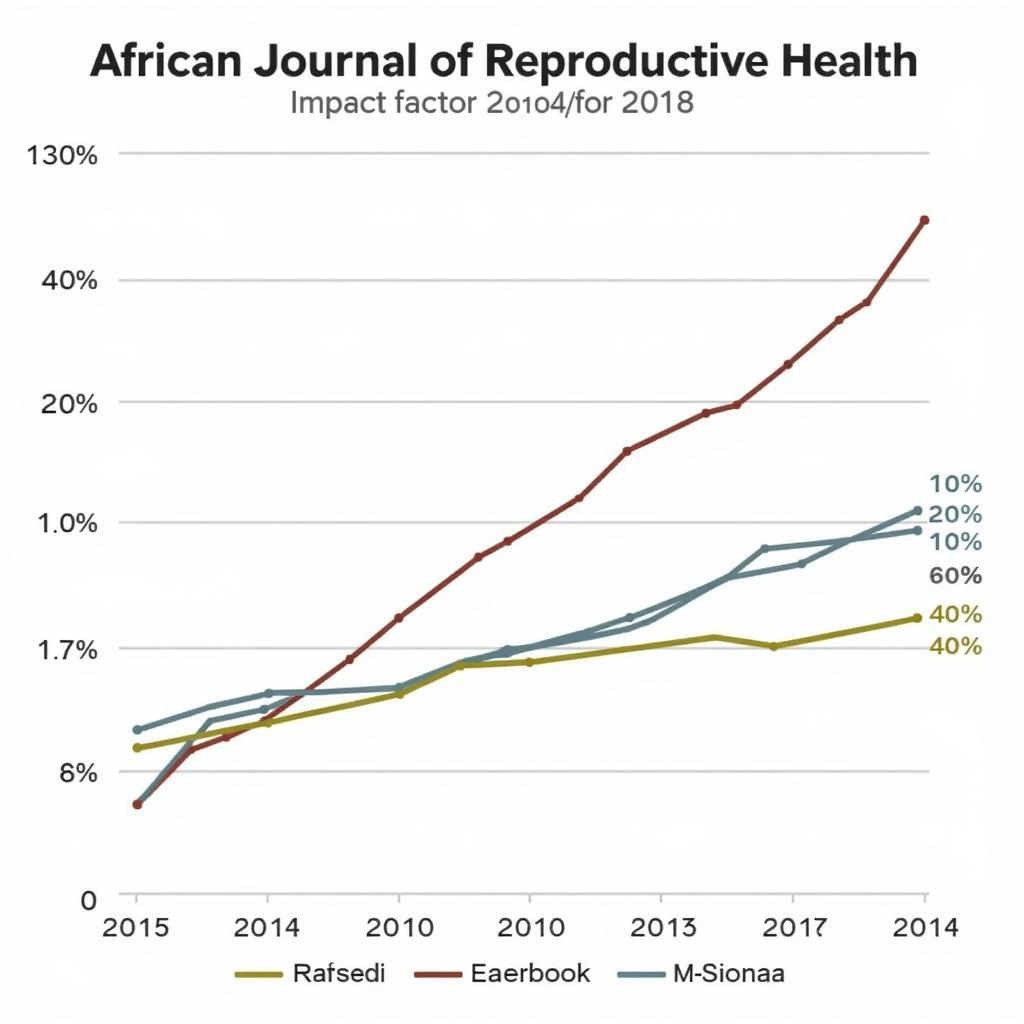African Houses Facts: A Diverse Tapestry of Architectural Styles and Traditions
From the mud-brick dwellings of rural villages to the vibrant urban homes in bustling cities, African houses are as diverse as the continent itself. This exploration of “African Houses Facts” delves into the unique architectural styles, building materials, and cultural influences that shape these fascinating structures.
Building Materials: A Reflection of Resourcefulness and Tradition
Traditional African homes often reflect the immediate environment and readily available resources. Mud, a widely available material, features prominently in various forms:
- Mud bricks: Sun-dried and incredibly durable, mud bricks are the cornerstone of countless homes across Africa.
- Wattle and daub: This technique combines woven latticework (wattle) with a mud-based plaster (daub) for a strong, weather-resistant wall.
- Thatch: Grasses, reeds, and palm leaves expertly woven together provide effective insulation from both heat and rain.
Beyond Mud: Embracing Diverse Materials and Modernity
While traditional materials still hold sway, contemporary African homes increasingly incorporate diverse materials:
- Concrete and brick: Urbanization and economic development have fueled the use of these readily available, modern materials.
- Stone: In regions like Ethiopia, stone houses showcase impressive masonry skills passed down through generations.
- Reclaimed materials: The spirit of resourcefulness thrives as corrugated iron sheets, shipping containers, and other repurposed materials find new life in innovative housing solutions.
Architectural Styles: A Tapestry of Influences and Adaptations
Africa’s architectural landscape is a vibrant tapestry woven from diverse influences:
- Circular Homes: Symbolic of unity and community, circular houses are prevalent in various regions, particularly among nomadic communities.
- Rectangular Dwellings: The influence of colonial architecture is evident in the rectangular homes found in many urban and semi-urban areas.
- Courtyard Houses: Offering privacy and security, courtyard houses feature rooms arranged around a central open space.
The Influence of Climate on Architectural Choices
Climate plays a pivotal role in shaping African house design:
- Hot, Arid Climates: Homes often feature thick walls, small windows, and flat roofs designed to minimize heat gain and maximize shade.
- Tropical Regions: Elevated homes on stilts promote ventilation and protect against flooding, while large, overhanging roofs offer shelter from heavy rainfall.
- Coastal Areas: Lightweight materials and open layouts encourage airflow, keeping homes cool and comfortable despite humidity.
Cultural Significance of African Homes: More Than Just Shelter
In many African cultures, houses are far more than just physical structures:
- Family Compounds: Extended family units often live together in compounds, fostering strong intergenerational bonds and a sense of community.
- Spiritual Significance: Homes are often seen as sacred spaces, with specific rituals and beliefs associated with their construction and inhabitation.
- Symbols of Status and Identity: The size, design, and decorations of a house can reflect the owner’s social standing, wealth, and cultural heritage.
African American Library Denver: Connecting to the Diaspora
For those in the African diaspora seeking to connect with their heritage, institutions like the African American library Denver provide invaluable resources and a sense of belonging.
FAQ: Exploring Common Questions About African Houses
1. Are all African houses made of mud?
While mud is a common traditional material, African houses utilize a wide range of materials, including wood, stone, brick, concrete, and even recycled materials.
2. Why are some African houses round?
Circular homes hold cultural significance in many communities, symbolizing unity, community, and protection. They are also aerodynamically efficient, providing natural ventilation.
3. Do people still live in traditional African houses?
Yes, traditional houses remain common in rural areas, though they are increasingly being adapted to incorporate modern materials and amenities.
Preserving Heritage, Embracing the Future
African houses, from their diverse materials to their unique architectural styles, offer a fascinating glimpse into the continent’s rich cultural tapestry. As Africa continues to evolve, so too will its homes, blending traditional wisdom with modern innovations to meet the needs of a rapidly changing world.
For those interested in exploring further, discover the historical significance of African American historical sites and the vibrant urban landscape of Addis Ababa African cities.
Should you require assistance, our dedicated team is available 24/7. Contact us at +255768904061, email kaka.mag@gmail.com, or visit us in Mbarali DC Mawindi, Kangaga, Tanzania.

